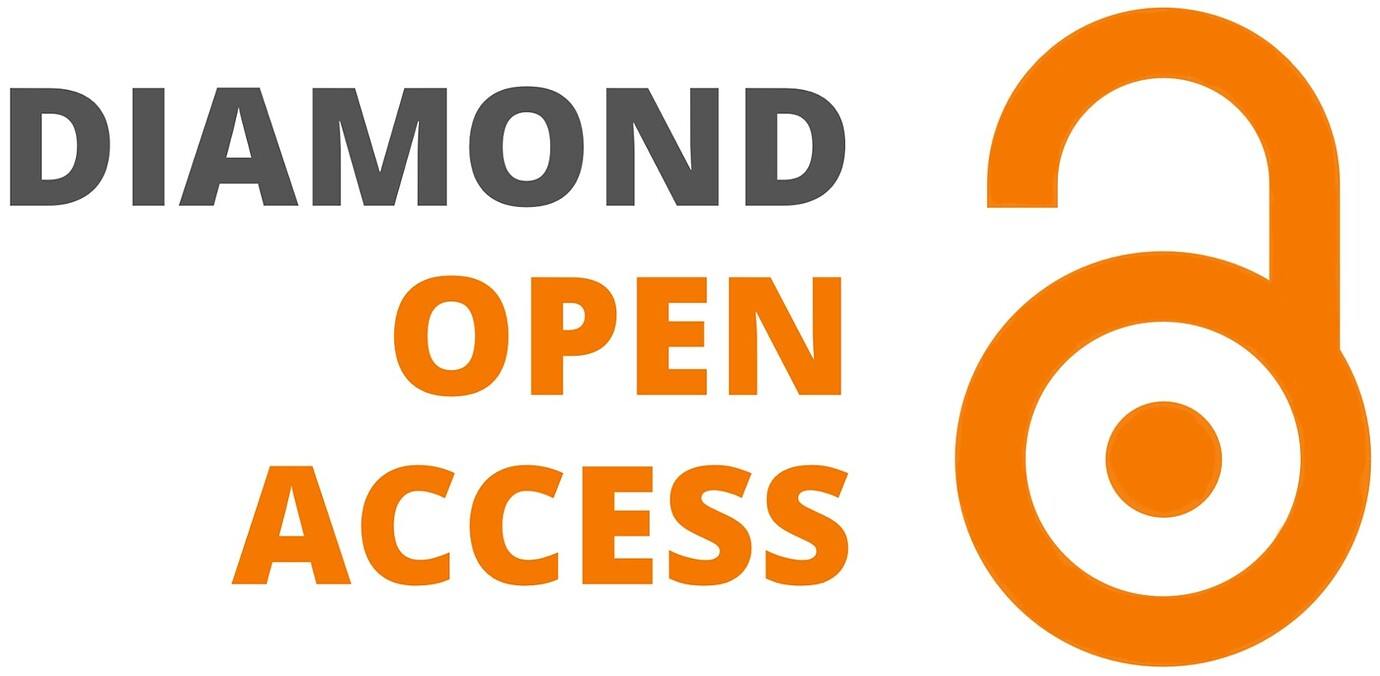Dynamic assessment of phonology.
Keywords:
dynamic assessment, phonological production, bilingualism, speech sound disorders, childrenAbstract
Context. Dynamic assessment is used to evaluate children's learning potential. It examines the ability of children to modify their responses following a mediation phase. It is efficient in diagnosing speech and language disorders and in planning speech intervention. This work represents the first steps in the development of a dynamic task of phonological production in French, the D-DRAP (“Dynamique-Dépistage Rapide Articulation et Phonologie”). This computerized task is based on the adaptation of two existing tests, the “Dépistage Rapide Articulation et Phonologie” (DRAP, Niederberger et al., 2021) and the Glaspey Dynamic Assessment of Phonology (GDAP, Glaspey, 2019). Depending on each child's sound production abilities, the clinician adjusts the assessment by presenting a series of cues and by manipulating the linguistic environment in which the sound is produced.
Aims. The study aims to provide preliminary results on the D-DRAP by examining which factors influence task performance. Potential factors are: vocabulary knowledge, age, gender, bilingualism, socio-economic status and diagnostic group (speech sound disorder versus no disorder). The study also seeks to determine whether the different components of the task (linguistic environments and cues) are effective in stimulating sound production, and whether all target structures are of equal difficulty.
Method. Static and dynamic versions of the DRAP, together with an expressive vocabulary test, were administered to two groups of monolingual and bilingual participants aged 3-6 years: children with typical development (n = 38) and children who received speech intervention (n = 11) for a speech sound disorder. The DRAP and D-DRAP tasks test the production of late-acquired sounds and structures, such as clusters and fricatives.
Results. Two mixed-effects logistic regression models were run: one with a small sample of children comprising equal numbers of monolingual and bilingual children (N=23); the other with the whole sample of children comprising more monolinguals than bilinguals (N=49). In both models, children receiving intervention for a speech sound disorder had lower D-DRAP scores than children not receiving intervention. The model based on the larger sample also indicated that vocabulary knowledge influenced D-DRAP scores: children with low vocabulary scores had lower D-DRAP scores than children with high vocabulary scores. Our analyses of D-DRAP components also indicated that some environments and cues were more helpful than others. Finally, some phonological structures were more prone to errors than others.
Conclusion. These preliminary results indicate that the D-DRAP is a promising measure for identifying children with speech sound disorders and for providing useful information on phonological intervention.
Downloads
Published
License
Copyright (c) 2023 Glossa

This work is licensed under a Creative Commons Attribution 4.0 International License.




